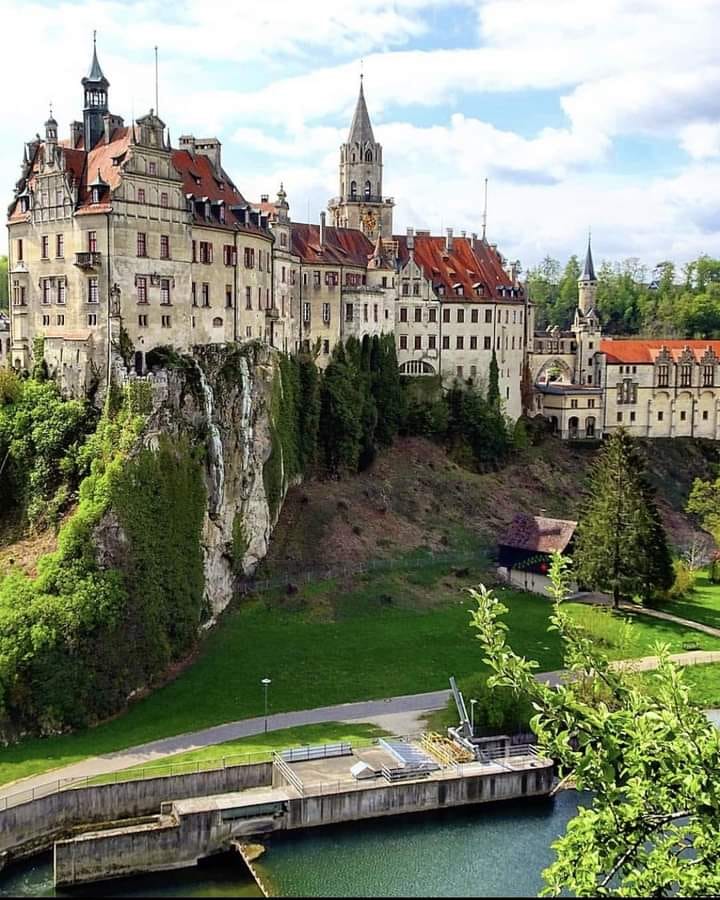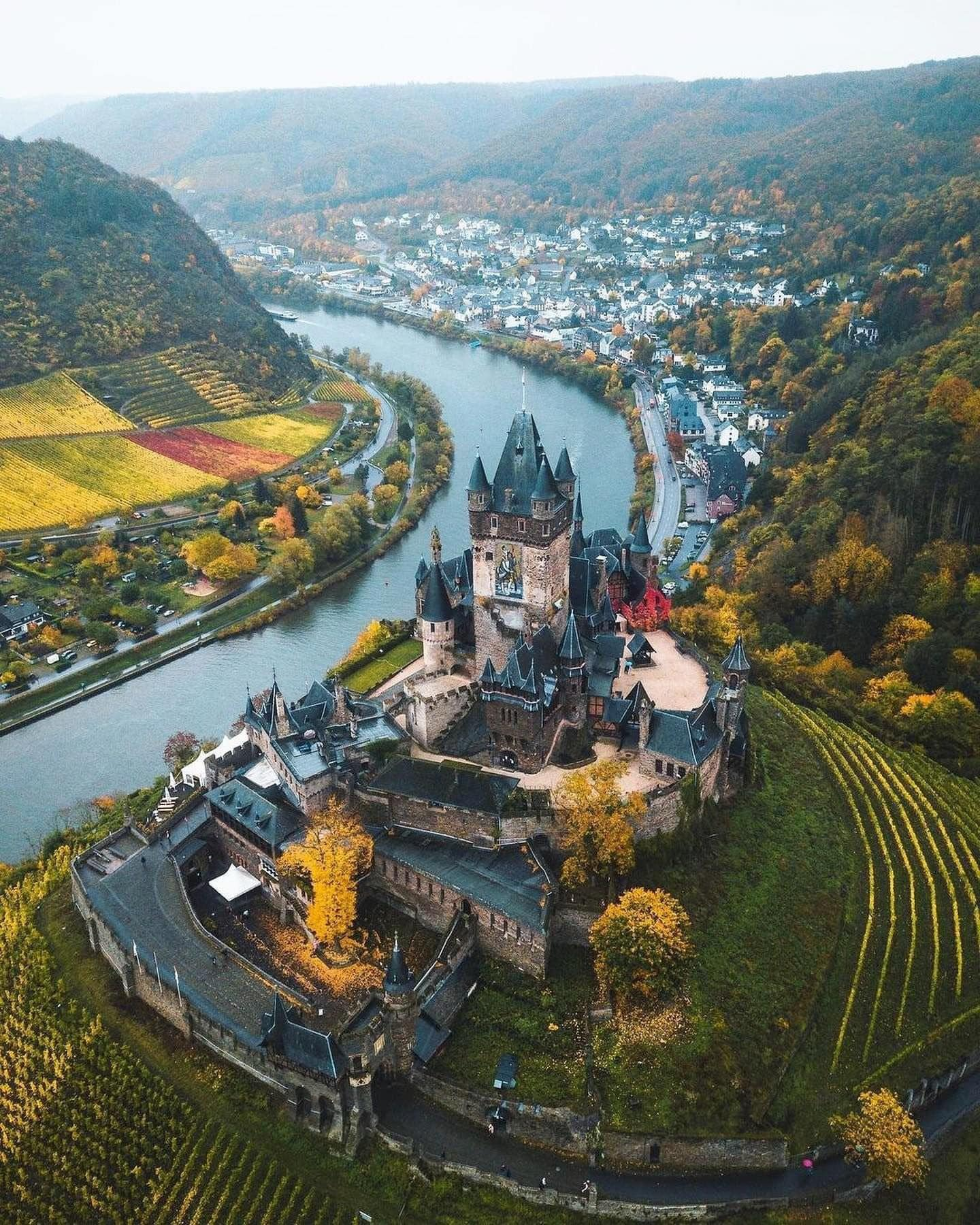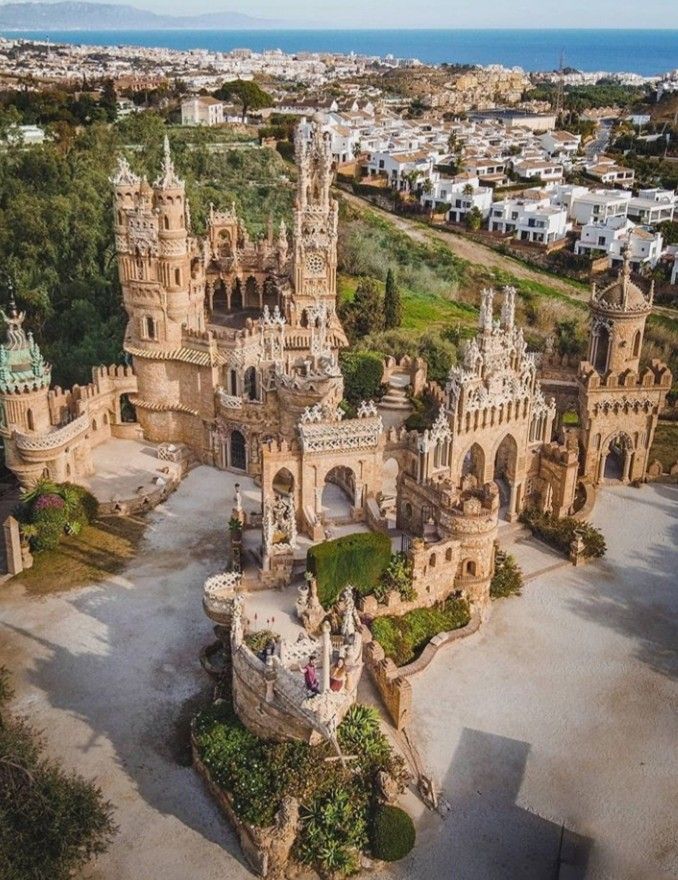The Historic Sanctuary of Machu Picchu, located in the Andes Mountains of , is one of the most iconic archaeological sites in the world. Often referred to as the “Lost City of the Incas,” Machu Picchu was built in the 15th century under the reign of the Inca emperor Pachacuti. It was abandoned just over a century later, during the Spanish Conquest, but remained largely unknown to the outside world until American historian Hiram Bingham brought it to international attention in 1911.
Historical Significance and Architecture: Machu Picchu is a testament to the engineering prowess and architectural sophistication of the Inca civilization. The site is situated on a mountain ridge 2,430 meters (7,970 feet) above sea level, overlooking the Urubamba River. It consists of more than 200 structures, including temples, residences, and agricultural terraces, all constructed using a technique known as ashlar, where stones are cut to fit together without mortar. This method not only provided structural stability but also helped the buildings withstand seismic activity.
The most prominent structures in Machu Picchu include the Intihuatana stone, the Temple of the Sun, and the Room of the Three Windows. The Intihuatana stone, believed to be an astronomical clock or calendar, is particularly significant as it aligns with the sun’s position during the solstices, showcasing the Incas’ advanced understanding of astronomy.
Cultural and Religious Importance: Machu Picchu is thought to have been a royal estate or a religious site, possibly both. Its strategic location and the presence of sacred structures suggest that it held great spiritual significance. The Incas worshipped natural elements, and the site is replete with features that reflect this reverence. The Temple of the Sun, for example, was used for ceremonies dedicated to Inti, the sun god. The site’s design harmonizes with the surrounding natural landscape, emphasizing the Incas’ deep connection to nature.
Rediscovery and Conservation: Hiram Bingham’s “discovery” of Machu Picchu in 1911 brought the site to the world’s attention. Since then, it has become a symbol of Inca heritage and a major tourist attraction. However, the influx of visitors has posed significant challenges to its preservation. The Peruvian government and UNESCO, which designated Machu Picchu a World Heritage Site in 1983, have implemented measures to protect the site, such as restricting the number of daily visitors and developing sustainable tourism practices.
Natural Environment: The sanctuary spans an area of about 32,592 hectares (80,535 acres) and is home to a diverse range of flora and fauna. The cloud forest surrounding Machu Picchu hosts various plant species, including orchids, ferns, and bromeliads, as well as animals like spectacled bears, Andean condors, and numerous bird species. The biodiversity of the region adds to the site’s ecological value and underscores the importance of preserving it.
Modern-day Significance: Today, Machu Picchu is not only a symbol of Inca ingenuity and resilience but also an important cultural and natural landmark. It attracts over a million visitors annually, contributing significantly to Peru’s economy. Efforts to balance tourism with conservation continue, ensuring that this marvel of ancient engineering can be appreciated by future generations.
In conclusion, the Historic Sanctuary of Machu Picchu stands as a testament to the Incas’ architectural genius, cultural richness, and deep respect for nature. Its historical, cultural, and ecological significance makes it a cherished heritage site, deserving of preservation and reverence.


